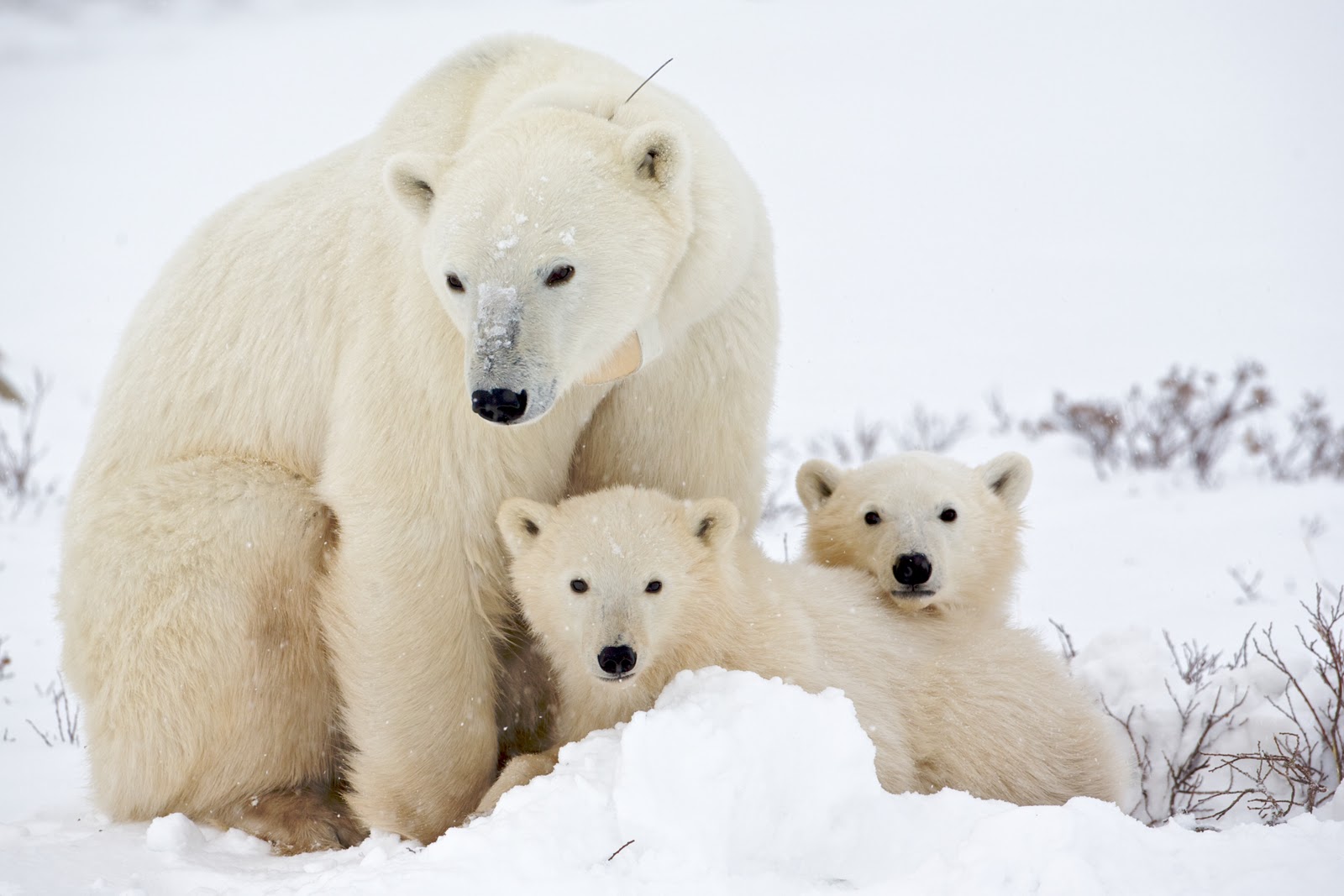
Introduction
Polar bears, scientifically known as Ursus maritimus, are majestic creatures that inhabit the Arctic regions. With their thick fur and layers of blubber, they are perfectly adapted to survive in the extreme cold. These magnificent animals have captured the attention and curiosity of people worldwide.
Physical Appearance

Polar bears are the largest species of bear and can grow up to 10 feet in length, weighing around 1,500 pounds. They have a distinctive white fur coat, which helps them blend seamlessly into their icy surroundings. Beneath their fur, their skin is black, which aids in absorbing and retaining heat from the sun.
Habitat and Range

Polar bears primarily inhabit the Arctic regions, including the Arctic Ocean, surrounding islands, and the five countries surrounding the Arctic Circle - Canada, Russia, the United States, Greenland, and Norway. These bears are expert swimmers and can travel long distances across ice-covered waters in search of food and mates.
Diet and Feeding Habits

Polar bears are opportunistic predators and their diet mainly consists of seals. They rely on sea ice platforms to hunt seals, their primary source of food. Polar bears use their incredible sense of smell to detect breathing holes in the ice, waiting patiently for a seal to emerge. Once a seal is spotted, the polar bear swiftly strikes, capturing its prey.
Behavior and Adaptations

Polar bears are solitary animals, except during mating season and when females are rearing their cubs. They have excellent swimming skills and can swim for long distances. Their large paws are specially adapted for walking on ice and swimming in the frigid waters. With their powerful forelimbs, they can break through thin ice to create breathing holes or to hunt seals.
Conservation Status

The polar bear is currently listed as a vulnerable species by the IUCN (International Union for Conservation of Nature) Red List. Climate change and loss of sea ice are the biggest threats to their survival. As the Arctic ice melts, polar bears face challenges in finding food and suitable habitats. Conservation efforts are crucial to protect these magnificent creatures and their fragile ecosystem.
Conclusion
Polar bears are iconic symbols of the Arctic and have captivated the hearts of people around the world. Their incredible adaptations to the extreme cold, impressive physical appearance, and unique behaviors make them a fascinating species. However, their future is uncertain due to the rapidly changing climate. It is essential for us to take action and protect these magnificent creatures and their fragile habitat.